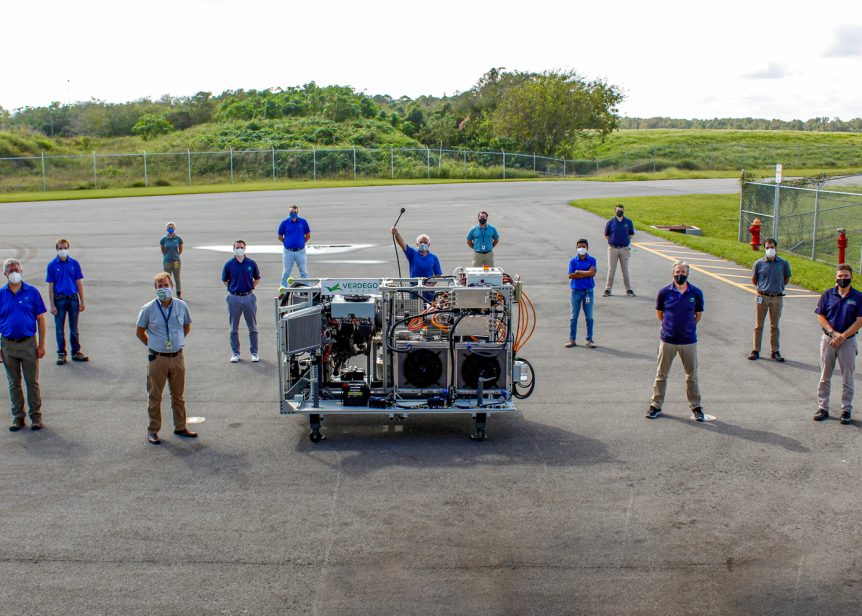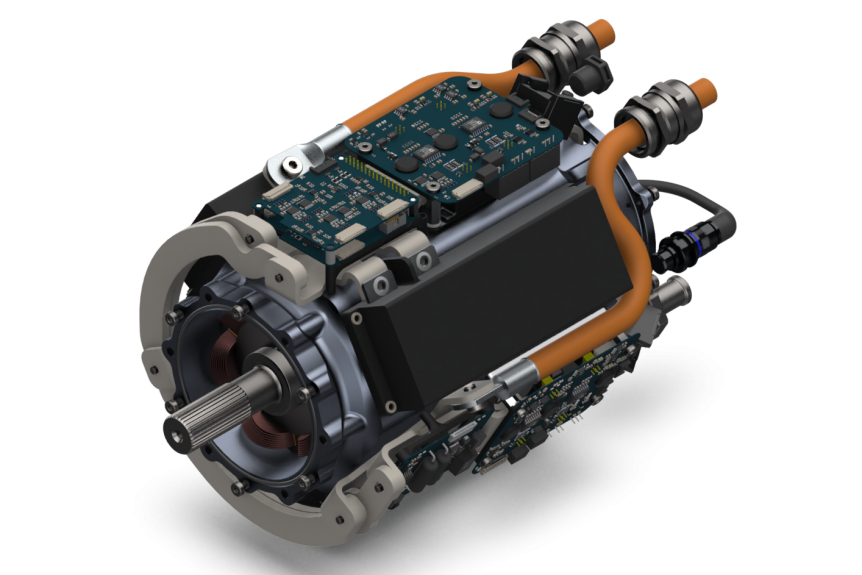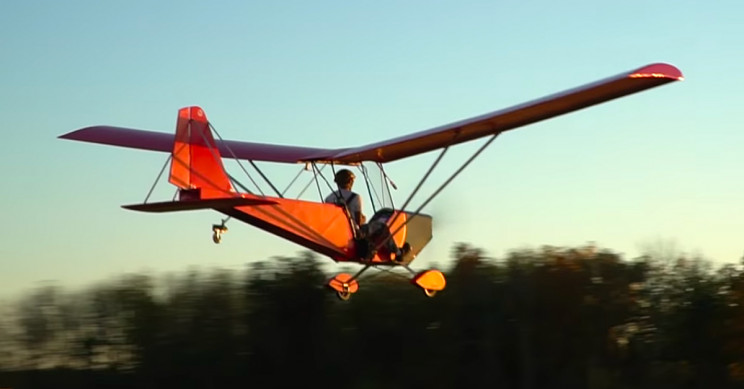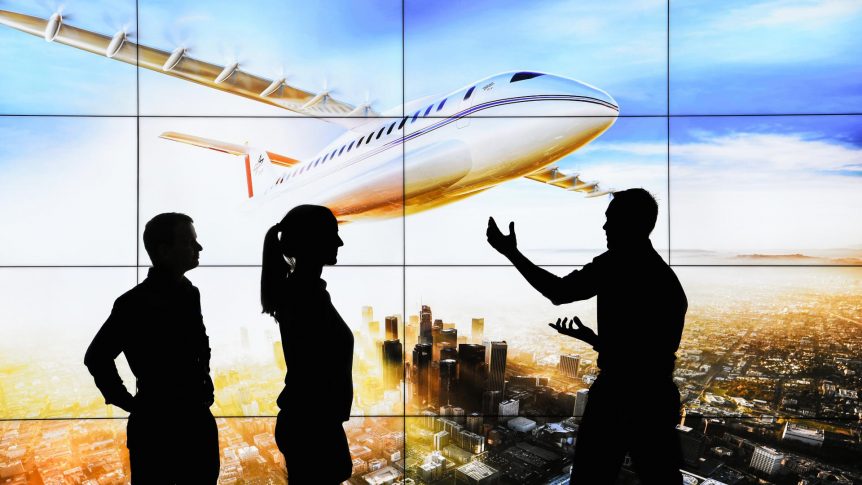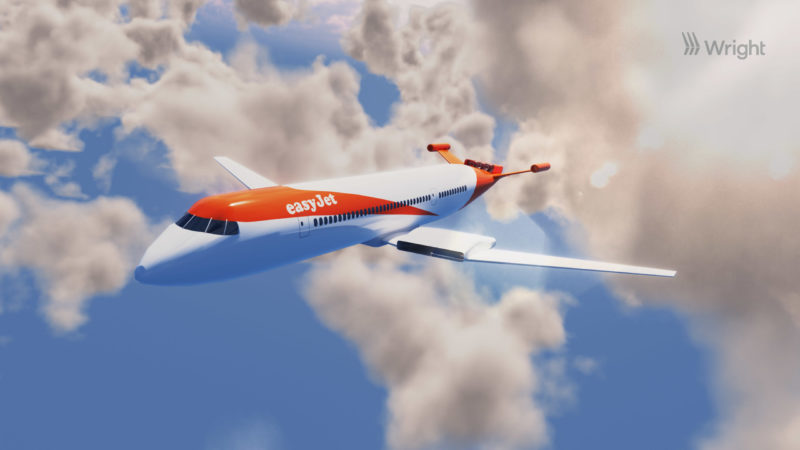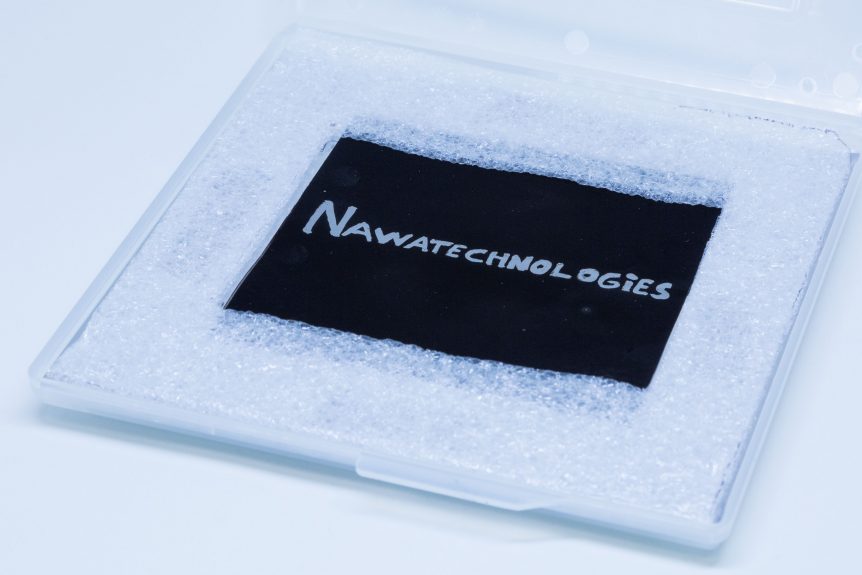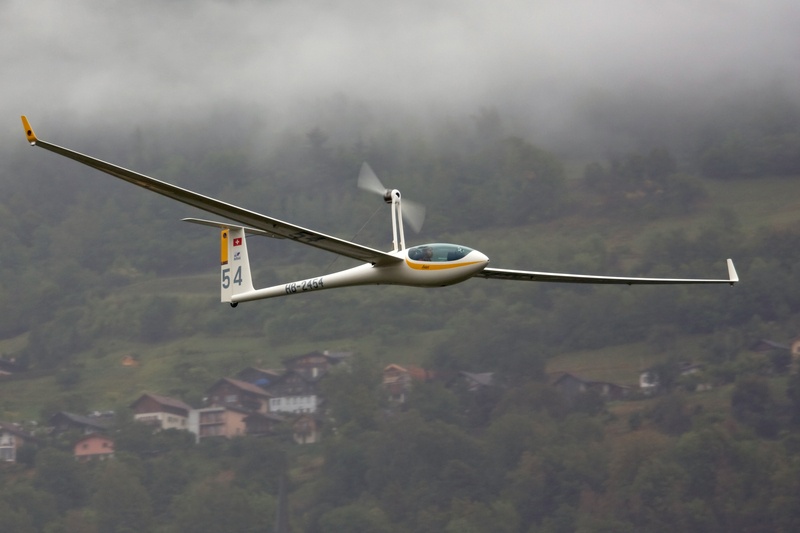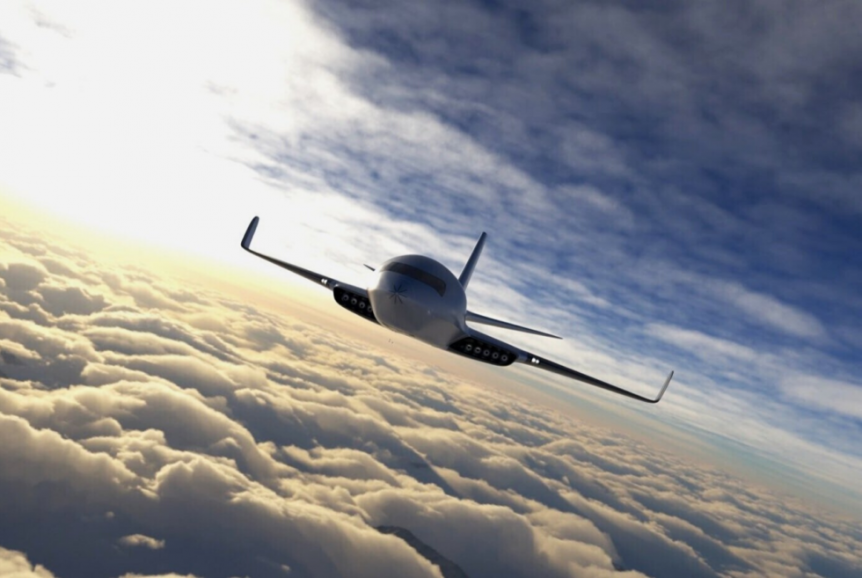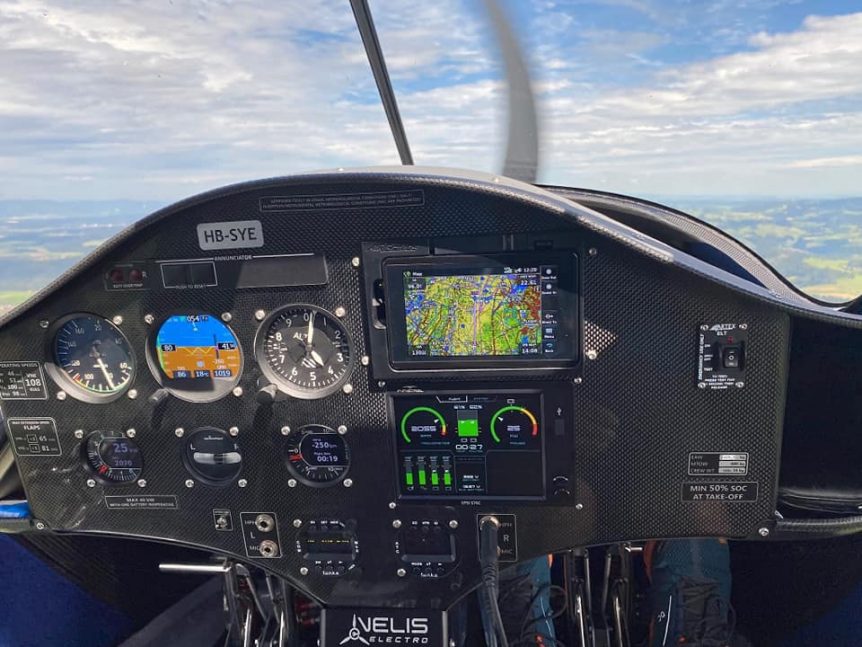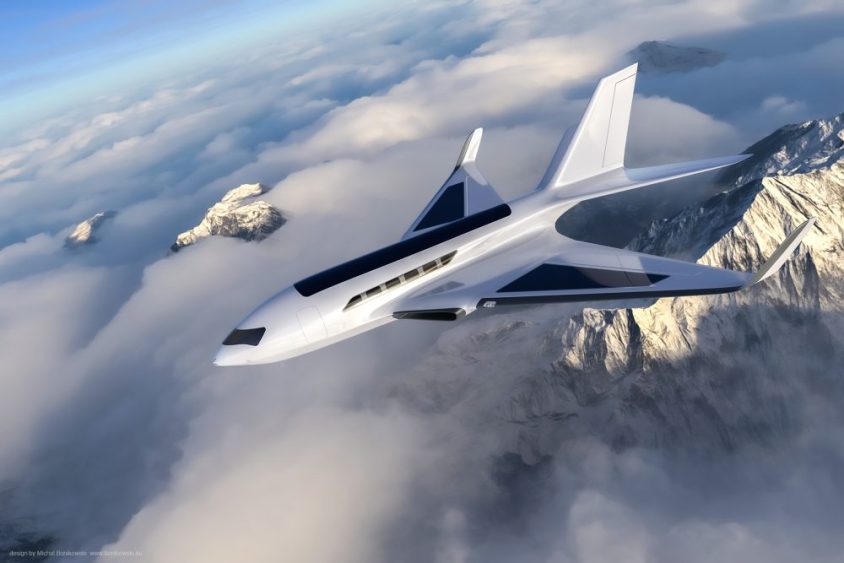In a recent AVWeb Vodcast, Paul Bertorelli interviewed Embry Riddle’s Dr. Pat Anderson on the topic, “Why Electric Airplane Designers Are Turning to Hybrid Drives.” Battery energy-carrying capability has not fulfilled its promise yet, according to Anderson. The difference in energy density between fossil fuels and batteries is still too great to fulfill missions involving more than small craft and short distances for the most part. This outlook caused Dr. Anderson’s associates, Eric Lindbergh and Eric Bartsch to form Verdego Aero, dedicated initially to developing a Diesel-hybrid generator system. They corroborate Dr. Anderson’s sense of current battery technology, their web site answering “Why hybrid?” They explain, “Electric aircraft are at the forefront of aviation technology, but the energy density of current batteries isn’t yet high enough to support many mission types or aircraft designs. The power generation systems in the VerdeGo IDEP (Integrated Distributed Electric Propulsion) systems, which use Continental Jet-A Piston Engines, offer 4-8x the equivalent energy density of today’s …
H3X – A Motor with High Power Density
H3X, a motor company started by three University of Madison, Wisconsin graduates, promotes its integrated motor/inverter power plant as “the next step in the evolution of electric propulsion technology.” With Their HPDM-250’s 13-kilowatt-per-kilogram continuous power ability, it meets ARPA-E’s (Advanced Research Projects Agency–Energy’s) criteria for powering large, 737-type aircraft. Electronics Weekly reports, “ARPA-E has determined that for a Boeing 737 to complete a typical five hour flight, the propulsion system must be >12 kW/kg continuous.” H3X adds, “These specifications are estimates based on electromagnetic thermal and structural simulations. Data from dynamometer will be available Q2 2021.” Their motor is roughly twice as power dense as MagniX motors of similar power, according to H3X. Weight reduction is an intrinsic part of aircraft design. In the days of internal combustion engines (still very much with us), conventional wisdom held that reducing power plant weight by one pound could help take two pounds off the airframe. Even today, ICE engines generally produce only …
Peter Sripol’s Mk. IV is Paramotor Powered
Peter Sripol creates interesting ultralight aircraft, among other, sometimes scary projects. His latest is pulled along by a paramotor motor. Because of the small aircraft’s low and slow performance, the low-power (and very low noise) motor seems more than sufficient to the task. His fourth design, the Mk IV has no ailerons, much like an earlier ultralight, the Skypup. After initial tests showed shortcomings with the Mk. IV, quickly modified wings allowed Peter to return to the air quickly. As he explains, there won’t be plans for this airplane because it has too many not as yet time-tested innovations. The hot-wire-cut foam structure and vinyl wrapped wings are an unknown in terms of longevity, so it’s probably best to let Peter make his determination on that. Note the machine seems to be remarkably quiet, the OpenPPG motor drowned out by propeller noise. (That’s also low because of the e-Prop’s design.)* When Peter is able to shout down to his father …
DLR’s Future Visions
One Size Does Not Fit All DLR (Deutsches Zentrum für Luft- und Raumfahrt or German Aerospace Center) and the German Aerospace Industries Association (Bundesverband der Deutschen Luft- und Raumfahrtindustrie; BDLI) present future visions of electric aircraft. These range from a four-seat hydrogen-powered repurposed Pipistrel that nine years ago won the NASA Green Flight Challenge to large, multiple propeller, medium-range airliners. Their White Paper, “Zero Emission Aviation – Emissionsfreies Fliegen” (unfortunately available only in German) promotes the promise of “energy transition in air transport, with the goal of zero emissions,” and claims this is “possible by mid-century but requires a considerable increase in innovation.” Rolf Henke, the member of the DLR Executive Board responsible for aeronautics research and technology, explains, “The time has come to start a new chapter in aviation. Our white paper shows the path to emission-free flying for the ‘Green Deal’ in aviation, which will lead to new technologies, attractive high-tech jobs, fascinating products and the promotion of …
Wright Electric, ARPA-E, and Life’s Report Card
If, as the infamous cartoon in the New Yorker proclaimed, “Money is life’s report card,” Jeff Engler’s Wright Electric got a least a B+ for its current semester. While not as flush with cash as firms like Joby Aviation, eHang, or Volocopter, Wright received significant recognition for its initiative in designing high-efficiency electric motors with a high-frequency inverter and “an aggressive cooling strategy.” The $647,039 ARPA-E grant will further Wright’s work on the ARPA-E ASCEND Project. ASCEND stands for Aviation-class Synergistically Cooled Electric-motors with iNtegrated Drives, a sure-fire Scrabble winner and pretty tortuous acronym. Phase one of the project takes the team through the detailed design and subcomponent testing for the system. Phase two will see Wright build and demonstrate the system. Only a startup in 2017, Wright Electric has managed to partner with easyJet, a European budget airline, to develop a 186-seat electric aircraft called Wright 1. With others in startup mode flying six and ten-passenger aircraft and looking …
NAWA’s Straight Line Electrode to More Power
Most battery breakthroughs are five years in the future, following the basic rules of scientific journals and Popular Science magazine. The usual refrains are, “Further research is required,” and “Researchers expect commercial development within the next decade.” Rather than wait for the future, NAWA Technologies claims the world’s fastest electrode today and production now. NAWA’a brochure explains their Vertically Aligned Carbon NanoTube (VACNT) architecture is “key to its next-generation energy storage.” Think of a forest of carbon nanotubes through which current can flow. In the jumble of usual battery materials, an ion would have to clamber over boulder-like obstructions and possibly get hung up in the random intersections of conductive material. The VACNT architecture allows ionic flow as though they are cruising down a well-maintained interstate freeway. Constructed from carbon and graphene, VACNTs hold the promise of a “quantum leap” in battery performance. NAWATechnologies foresees “revolutionary improvements in power, energy, lifecycle and charging time.” Their Ultra Fast Carbon Electrode contributes …
E2 Glide – Electrifying Sailplane Competitions
Uwe Beger, competition director for a new form of sailplane contenst, wrote this in response to our entry on the Pipistrel Velis’ multiple records flying from Switzerland to the North Sea. “From August 29th to September 5th 2020 fifteen pilots from 6 different nations flew a cross country flying contest (E2 Glide), where the usage of electric engines (Front Electric Sustainers as well as Retractable Electric Engines) was allowed within some contingent of 2 up to 2.5 kWh per flight. Altogether the participants managed to fly a distance of nearly 10,000km (6,214 miles) with the use of 150 kWh of energy in sum.” That’s about 41.4 miles per kilowatt hour. “Not that bad compared to the world records of the Pipistrel Velis Electro ;-)” Granted that sailplanes are highly optimized vehicles that generate as little drag as anything flying – other than birds, perhaps. Each pilot in the E2 Glide gathering would have used an average of 10 kilowatt-hours of …
Eather One – When Friction is a Good Thing
Tribolectrics Your editor has long promoted the idea of the Grand Unified Airplane, a vehicle which would essentially power itself from sunlight, piezoelectrics, structural batteries, and even the friction of the air over its surfaces. He wrote about the concept in the May, 2013 Kitplanes, and has noted an increasing number of articles in scientific journals describing a variety of nanogenerators, including tribolectric types. Tribolectrics are not new, having been discovered in the 18th century and initially quantified by Johan Carl Wilcke, a Swedish Physicist in 1757. “Tribo” comes from the Greek for “rub,” and as shown in the following video, even the rubbing of air over a surface can generate electricity. Note that about the 1:25 point Dr. Wang blows across the nanogenerator and lights up the LEDs. Taking that idea and running with it, Warsaw-based designer Michal Bonikowski designed the Eather One to run on electricity generated during the airplane’s movement through the air. As exotic as it …
Aviation Milestone: Successful Electric World Record Flight
The Elektro-Weltrekordflug (electric world record flight) team had great success in its flight from Schänis, Switzerland to Norderney, on Germany’s North Sea. Setting five of its intended seven world records and then flying back to Switzerland, the team and its Pipistrel Velis showed that electric flight can be a reality for light aircraft. All we need are charging stations along the way. Your Editor will do something not normal to the blog – repeat most of someone else’s writing with a few comments tossed in. “The world record flight with the first certified electric aircraft from the Alps to the North Sea in Norderney was a success. The “Pipistrel Velis Electro” landed again in Schänis (Switzerland) on Sunday evening. In addition, five world records were set. The EWF team has ushered in a new era in aviation and has proven that electric flying is possible on long-haul routes. “For most of them, passenger flights with small battery-powered aircraft were a long way off. …
Flying the Atlantic Electrically – The Freedom Flight Prize
It almost stops your editor in his tracks when he reflects that 93 years ago, Charles Lindbergh crossed the Atlantic in his Spirit of St. Louis. Even more astounding, competitors may win the Freedom Flight Prize by the 100th anniversary of that flight by making a cross-Atlantic and return flight in a 100-passenger, all-electric airliner. Carbon Footprint Ltd. Lindbergh’s plane, custom built but derived from a Ryan M-1 mail plane, cost $10,580 ($158,357 in 2019 dollars) and earned the $25,000 Orteig Prize. Now, an organization in England, “Carbon Footprint Ltd. has launched a competition to encourage sustainable passenger flight. It has created the Freedom Flight Prize, a competition focused on crossing the Atlantic Ocean 100-percent powered by renewable energy — with seating for 100. The first to do so will win the prize, which is expected to be worth millions of British pounds by the time there’s a winner,” according to Cleantechnica.com. “The competition is open to manufacturers, research/academic groups and inventors to …

